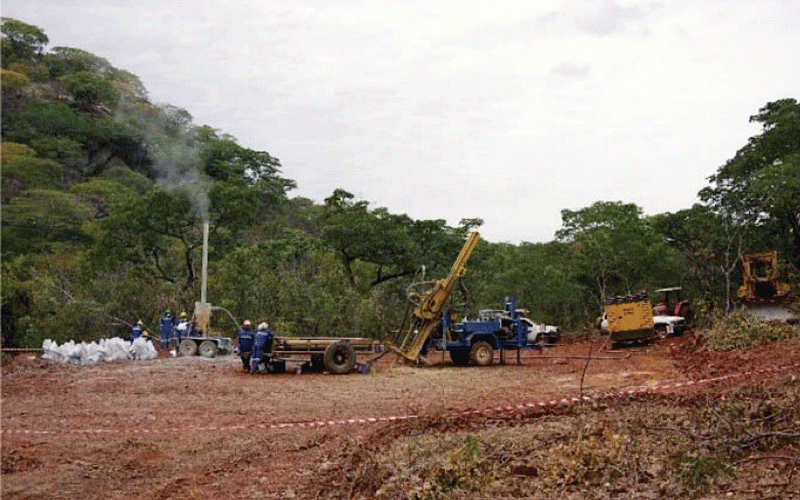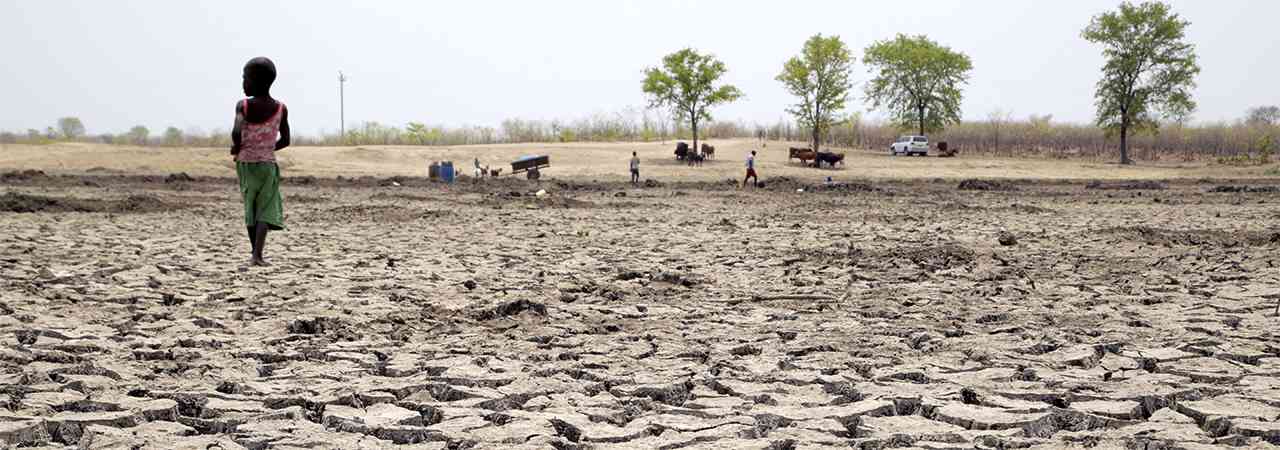
ENVIRONMENTAL protection activities and action plans should act as deterrents to artisanal miners or small-scale miners operating in protected areas. The largely unregulated gold mining activities are taking place throughout Africa South of the Sahara and in southern Africa, particularly in Zimbabwe and causing serious deforestation and environmental degradation.
In Zimbabwe, the illegal miners’ activities have encroached onto wildlife sanctuaries, like Chimanimani National Park, Chewore South Safari Area, Umfurudzi and Hwange national parks, among others. As one travels on the country’s highways, the sight of open pits is common.
While sustainable development can be defined as the type of development that meets present needs without compromising the ability of the future generations to meet their own needs, this definition makes no sense given the eyesores which litter the country’s highways. Since land is a finite resource, with degradation almost everywhere then how are the needs of future generations going to be met?
The nature and extent of the impacts of artisanal mining activities on the ecosystem and communities threatens to give rise to new forms of human-wildlife conflicts.
Wildlife’s living patterns and behaviours are undoubtedly going to be affected.
Reports that the artisanal miners have taken their activities to protected wildlife areas despite the existence of the Zimbabwe’s Parks and Wildlife Act (Chapter 20:14), which prohibits mining activities in these protected areas, are worrying.
In this regard, biodiversity conservation cannot go hand in hand with wanton mining. While the country needs revenue from tourism, wildlife sanctuaries cannot perform their usual role of attracting visitors when they are under threat from unregulated artisanal gold mining activities.
One sad thing about the new wave of destructive mining activities is that these illegal gold miners do not use sound conservation and land use sustainable management methods. These miners are failing to rehabilitate the environment by covering the pits and planting trees. They are not even sparing the wildlife.
- Reinforce mining shafts, small-scale miners told
- Artisanal miners raise lithium smuggling fears
- Mining contributes 80% to export receipts
- Artisanal mining fuels/brews human-wildlife conflict in protected areas
Keep Reading
Not only does the artisanal mining sector not recognise environmental and wildlife rights, it does not even respect human rights.
Although the artisanal and small-scale mining sector is largely characterised by lawlessness, there have been efforts to bring sanity to the sector through such institutions and initiatives. These include the National Institute of Small-scale Mines in Calculta, India in 1991 and 1996, among others.
The idea behind all these declarations was to recognise the intrinsic and extrinsic values of artisanal and small-scale gold mining globally as well as to establish order and a sustainable mining culture which respects the environment and protected wildlife areas.
Although artisanal gold mining is supposed to be an essential livelihood option, lack of cohesion and lawlessness have tainted the industry. Benefits of artisanal gold mining are now being questioned because it is now encroaching onto sacred places like the wildlife sanctuaries and tourist attractions whose economic value have long been established and recognised.
That artisanal and small-scale mining is degrading and destroying game parks and tourist attractions is the crux of the problem. The artisanal miners are now threatening areas which have for generations been contributing to the African continent’s economies, foreign currency reserves and heritage.
Unregulated artisanal gold mining activities go against conservation ideals which promote sustainable utilisation of natural resources.
What this means is that, artisanal mining should not be stopped as a livelihood option, but the miners need knowledge, education and information so that they operate from an informed point of view. Knowledge of the environment, wildlife and tourist attractions is key, as it saves lives. For the past three decades, artisanal gold mining has become an important livelihood activity for the rural people in sub-Saharan Africa. Because of high levels of unemployment in countries of that region, artisanal mining has become a major source of survival for the unemployed seeking to make ends meet.
Although it is true that artisanal mining has contributed to economic development, the sector should be bound by rules and regulations in its operations to help protect protected wildlife areas and tourist attractions.
- Peter Makwanya is a climate change communicator. He writes in his personal capacity and can be contacted on: [email protected].










